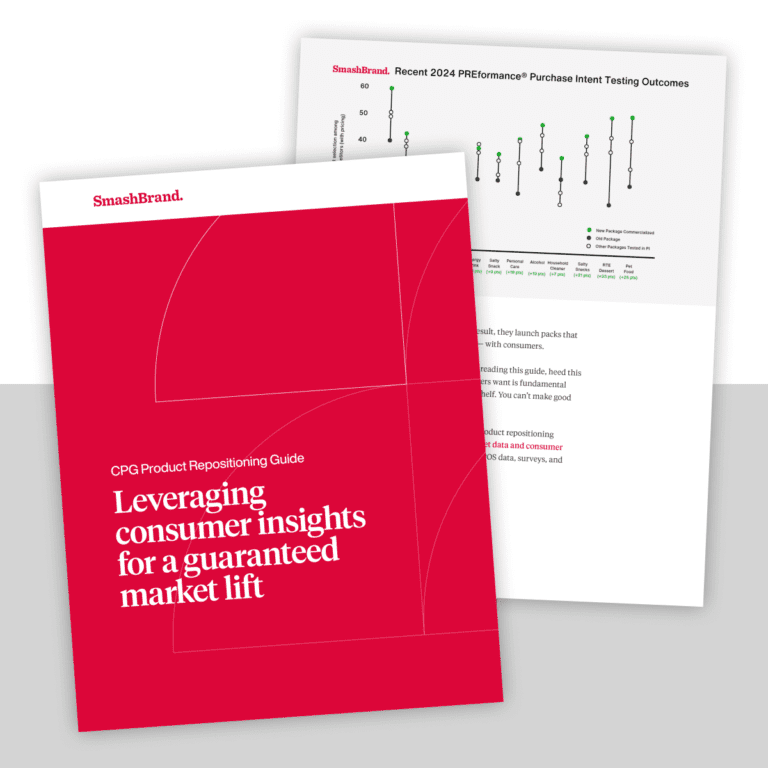The goal of packaging design is to communicate with customers and create positive perceptions for your brand. Therefore, try to understand the elements that play on a consumer’s mind prior to the point of purchase. This is what is meant by “context”: The environmental elements affecting each consumer’s perceptions aside from the design itself:
– Store environment
– Nearby competition
– Shelf placement
Each of these factors will change the way consumers view your product, and thus, how they feel about your brand.
The Environment Matters
Consider the results of an environmental comparison study published in Packaging Digest. Two focus groups were asked to rate the effectiveness of a product’s packaging design: Group one assessed beef jerky packaging based on basic images of the front and back of the packaging, while group two assessed the same beef jerky brands using eye-tracking technology and sample products placed in a mock store environment.
The researchers found that the participants in the mock store environment rated the effectiveness of packaging design in different ways than those who assessed the images side-by-side. One of the facilitators of the study, Sara Shumpert of The Packaging School, offered insight into how the product’s environment factored into purchasing decisions:
“How people respond when prompted and given time to process versus how they react subconsciously when shopping is inherently different. In a grocery store, 90% of consumers will decide after only looking at the front of a package.”
Contextual Factors for Your Packaging
This tells us that, while the minutiae of packaging design (color choice, margin size, etc.) is important, you won’t win over many customers by making small tweaks to a refined and quality design. Instead, packaging designers can improve the impact of their packaging by understanding the contextual factors that may influence potential customers:
– In-store Environment: Will products be sold in small, regional retail stores or large, multi-national chains? Will consumers have the opportunity to pick up the package, feel it, and take their time viewing it? What type of lights will be used to display it? Packaging designers should have answers to all of these questions before mass-producing any packaging.
– Competitors: Packaging must differentiate one brand from another. As such, packaging designers should perform thorough research to see what competitors are doing right and what they’re doing wrong. It’s also important to avoid copying another brand’s image; this mistake can lead to brand confusion (at best) and legal liability (at worst).
– Shelf Placement: Will the product be placed on a flat shelf? Will it hang from a hook? Is it designed to rest in an aisle or sit on an end cap? These questions will determine how consumers interact with the product and how it will compare with the competition.
The above considerations form the cornerstone of environment-based packaging context. This isn’t to say that your packaging is useless if you fail to account for these variables, but in the competitive world of retail sales, brands that skip this essential research may as well not be on the shelf at all.
Subscribe to
Nice Package.
SmashBrand’s Nice Package: Stay current with our latest insights
Free Resource.

CPG product repositioning guide.
Explore the five undeniable signs your CPG product needs repositioning along with strategies for leveraging consumer insights for a guaranteed market lift.
Download Whitepaper About CPG product repositioning guide.